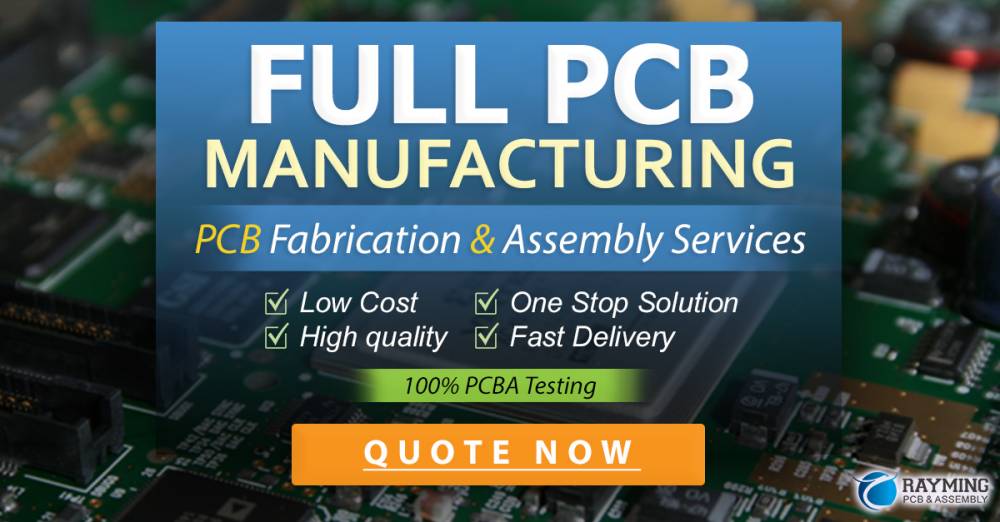The trends of power device module packaging structure
IGBT module is a new generation of power semiconductor electronic component module, born in the 1980s, and in the 1990s for a new round of reform and upgrade, through the development of new technology, now the IGBT module has become a set of through-state voltage reduction, fast switching speed, high voltage and low loss, high current thermal stability and so on many characteristics in one, and these technical characteristics formally IGBT module to replace the These technical features are the main reasons why IGBT modules have replaced old-style diodes as important electronic devices in circuit manufacturing.
In recent years, the booming development of electric vehicles has led to the update of power module packaging technology iteration. The current electric vehicle main inverter power semiconductor technology, representing the advanced level of medium power module technology, high reliability, high power density and the requirement of cost competitiveness is its first need to meet the requirements.

As the core device of important power electronics, the reliability of IGBT is the most important factor to determine the safe operation of the whole device. Since IGBTs adopt the laminated packaging technology, this technology not only improves the package density, but also shortens the interconnection length of wires between chips, thus increasing the operation rate of the device. Traditional Si-based power module packages have high parasitic parameters and poor heat dissipation efficiency, mainly due to the use of lead bonding and single-sided heat dissipation technology. In response to these two problems, SiC power module packages have adopted wireless interconnecTIon and double-side cooling technologies, chosen substrate materials with better thermal conductivity, and tried to integrate decoupling capacitors, temperature/current sensors, and driver circuits into the module structure.
Direct wire bonding structure (DLB)
The most important feature of the direct wire bonding structure is the use of solder, which connects copper wires directly to the chip surface. Compared to lead bonding technology, the copper wires used in this technology can effectively reduce parasitic inductance, and also improve interconnection reliability due to the large interconnection area between copper wires and the chip surface. The IGBT module developed by Mitsubishi using this structure reduces the internal inductance to 57% and halves the internal lead resistance compared to lead bonded modules.

DLB structure
SKiN structure
SKiN module structure is also a leadless bonding structure, which uses a double layer of flexible printed circuit board for both connecting MOSFETs and serving as a current path.

SKiN structure
2.5D and 3D Module Package Structures
In order to further reduce parasitic effects, 2.5D and 3D modular packages using multilayer substrates have been developed for interconnection between power chips or between power chips and driver circuits. In the 2.5D structure, different power chips are soldered on the same substrate, and the interconnection between chips is achieved by adding a layer of metal wires in the adapter plate, which is very close to the power chip and requires the use of high temperature resistant materials.

In the 3D module package structure, two power chips or power chips and driver circuits are interconnected vertically through metal vias or bumps. The size of the plate is determined by the size of the interconnected chips and the layout structure of the chip surface to be interconnected, and the thickness of the whole structure is generally less than 5 mm.

The figure below shows another 3D module package structure, which realizes vertical interconnection of power chip and driver circuit by low-temperature co-fired ceramic process. This structure also allows easy integration of passive components on low-temperature co-fired ceramic substrates.

IGBT module packaging process introduction
1、Screen printing:
Print the solder paste on the surface of the heat sink base plate and DBC copper plate according to the set graphics, so as to prepare for the automatic placement The printing effect.
2、Automatic placement:
placing IGBT chips and FRED chips on the surface of DBC printing solder paste.
3、Vacuum reflow welding:
placing the semi-finished products of DBC that have finished mounting in the vacuum furnace for reflow welding.
4、Ultrasonic cleaning:
clean the DBC semi-finished products after welding to ensure that the surface cleanliness of the IGBT chip meets the bonding line requirements.
5、X-RAY defect detection:
screen out the semi-finished products with cavity size meeting the standard through X-ray detection to prevent the bad products from flowing into the next process.
6、Automatic bonding:
linking each IGBT chip or DBC to form a complete circuit structure through bonding and wiring.
7、Laser marking:
laser marking on the surface of the module shell, marking the product model, date and other information.
8, shell plastic sealing:
the shell is dispensed and added to the bottom plate, playing the role of bonding the bottom plate.
9, power terminal bonding
10, shell gluing and curing:
the shell internal filling A, B glue and vacuum, high temperature curing, to achieve the role of insulation protection.
11, encapsulation, terminal forming:
the product to add the top cover and terminal bending forming.
12、Functional test:
after the molding product for high and low temperature impact test, aging test, test IGBT static parameters, dynamic parameters to meet the factory standard IGBT module finished products.
Power semiconductor module packaging is a very critical part of its processing, it is related to whether the power semiconductor devices can form a higher power density, can be applied to higher temperatures, have higher availability, reliability, and better adapt to harsh environments. The packaging technology of power semiconductor devices is characterized by compact and reliable design and high output power. The key to this is to minimize the thermal resistance between the silicon wafer and the heat sink, and likewise to minimize the contact impedance between the module’s infeed and output terminals.
Related posts:
- Infineon XENSIV connected sensor kit solves more IoT system design challenges
- RK3588 development board RK3588 EVB and RK3588S EVB interpretation of Rexchip Micro
- Helping to improve chip quality and yield, spectroscopic applications in semiconductor process monitoring
- High performance passive heat sink module
